The record books changed. The world’s fastest car is no more Bugatti Chiron. On October 10, the reptilian SSC Tuatara hypercar posted an average speed of 508.7 kilometres per hour while driving on a 4.35km stretch of the two-lane Highway 160 outside of Las Vegas. The result beat, by a large margin, two high marks set last year by Bugatti’s pre-production Chiron prototype (490.4kph) and one that the Koenigsegg Agera RS set for production cars in 2017 (447.1kph).
Oliver Webb, the 29-year-old Englishman who drove the Tuatara, hit 484.5kph on his first run and 532.93kph on his second run in the opposite direction. The average of those times will count as the official fastest time. The record-breaking event was verified by two witnesses sanctioned by Guinness World Records.
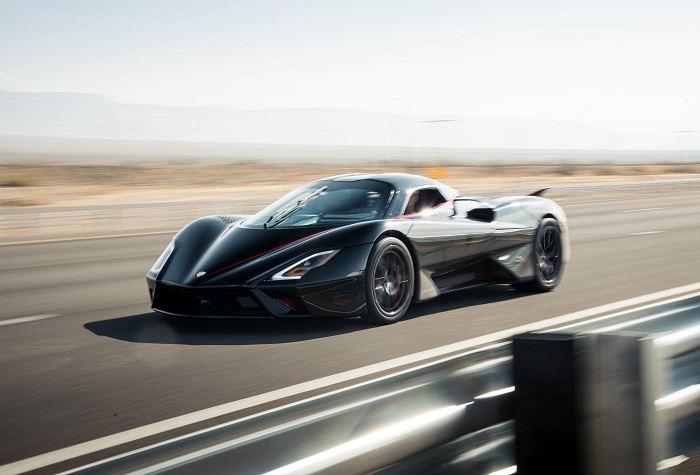
In an email about the record-setting run, company founder Jerod Shelby characterised it as a David vs Goliath-style victory.
“People may look at SSC and ask if we belong in the hypercar realm, with such stalwart competitors,” he said. “This record is so extremely sweet, knowing that our small organisation just achieved something that much more established brands, with much larger engineering and development teams, and obviously larger budgets, have not been able to achieve. This success tastes even sweeter, taking the news of this victory back to our home state of Washington, where we’d only dreamed of this when we’d started this company in a garage”, he added.
SSC is among the most obscure automakers in the world. Formed in 1998 and counting just 24 employees, the privately-held company was formerly called Shelby SuperCars Inc, which inspired its current name. A trained engineer who cofounded a medical device company in the early 1990s, Jerod Shelby is not related to automotive entrepreneur Carroll Shelby, who was featured in 2019’s Ford v Ferrari film.
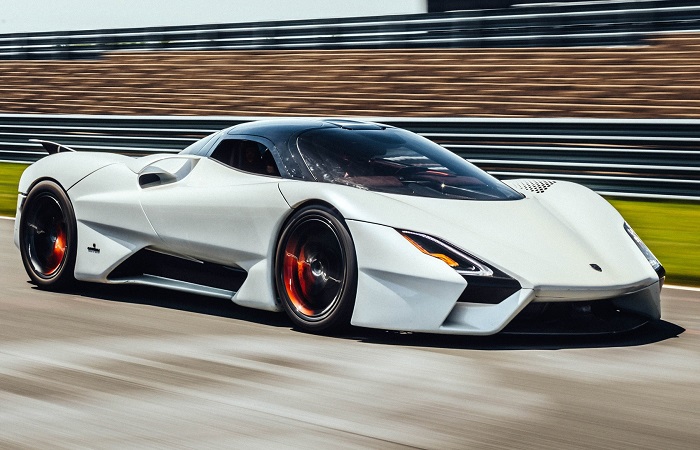
Unlike other record-attempting companies such as Bugatti, Koenigsegg, and Lamborghini, which draw on deep production runs, deep histories, and deep pockets, SSC boasts no large, supportive automotive group and claims minuscule production volumes. Only 100 of the Tuatara will ever be made — at a rate of roughly 20 per year.
The small footprint of its brand is an asset, said Shelby. Through the design and development phase of the Tuatara, SSC employees were able to make decisions and pivot in real time whenever testing results required design changes. Larger organisations can get caught up in weeks and months of bureaucratic manoeuvres just making a simple design decision.
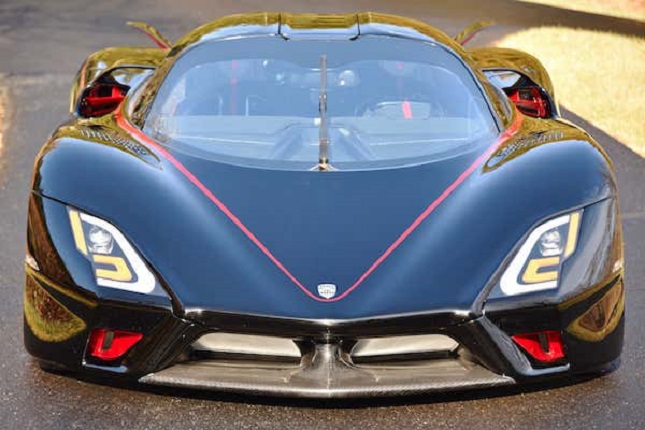
The name Tuatara is derived from the name of a lizard found in New Zealand. The designer Jason Castriota had chosen this name as his hypercar is a curvier resemblance of the reptile.
It has a low, pointed front with angled headlights that look like eyes, a single windshield wiper that evokes the animal Tuatara’s third eye, and a rear with air vents that look like gills. Underneath the hood, it boasts a 5.9-litre, twin-turbocharged V8 engine that gets 1,750 horsepower on E85 and 1,350hp on 91 octane. It comes with a seven-speed transmission and weighs more than 1,225 kilograms. It took 10 years — and multimillions of dollars — to fully develop the car, Shelby says.
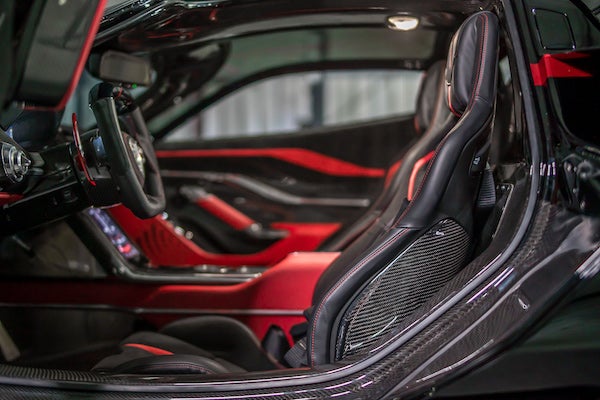
SSC can’t claim the “halo effect” that involves one car’s success creating hype that brings attention to a brand’s other products — a prime reason for these speed tests — but breaking the record will bring benefits.
Bugatti’s speed feat was set on a pre-production prototype, while SSC fans know they can buy a car exactly like the Tuatara that hits top speed, as the record was set on a customer car with neither special modifications nor exemptions, right down to the standard carbon fibre seat inside and no additional roll cage. The car utilised Michelin Pilot Sport Cup 2s — the standard customer tyres.

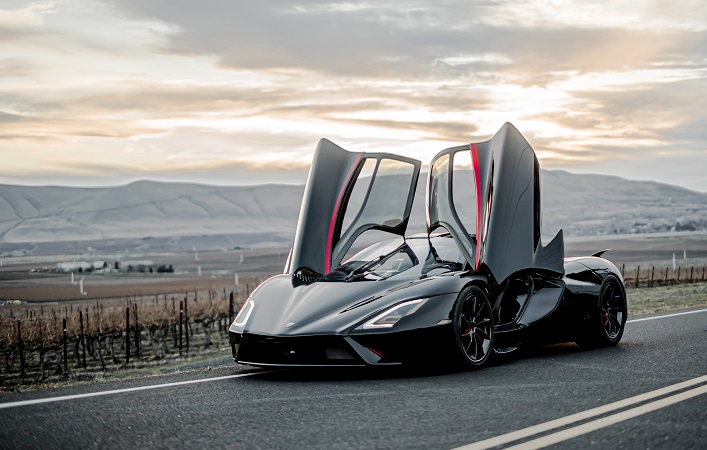


![The Top & Most Popular Seafood Bucket Restaurants in Dubai for you [Never Miss]](https://uae24x7.com/wp-content/uploads/2020/09/8-seafood-in-a-bucket-scaled-e1600739237403.jpg)
![Procedures for Renewing the Driving License in Abu Dhabi [3 Simple Steps]](https://uae24x7.com/wp-content/uploads/2020/07/Capture-9-e1595666454466.jpg)





